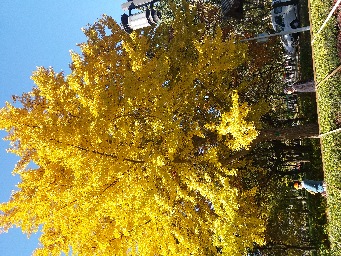
Etudes: The Poetry of Dreams + Other Fragments
库存1本 下单前咨询客服确定库存
¥ 580 九品
仅1件
北京通州
认证卖家担保交易快速发货售后保障
作者John Marx
出版社ORO Editions
ISBN9781943532421
出版时间2020-03
装帧精装
页数160页
上书时间2022-07-27
- 最新上架
商品详情
- 品相描述:九品
- 商品描述
-
John Marx’s watercolors, first published in the Architectural Review, are a captivating example of an architect’s way of thinking. Subtle and quiet they are nonetheless compelling works in how they tackle a sense of place, of inhabiting space and time all the while resonating with the core of one’s inner being. There is an existential quality to these watercolors that is rare to be found in this medium. Something akin to the psychologically piercing observational quality of artists like De Chirico or Hopper. As architects strive to communicate their ideas, it is interesting to explore the world of Marx’s watercolors as an example of a humane approach to conveying emotional meaning in relation to our environment. Marx’s subject matter read like “built landscapes” heightening the role of the manmade yet wholly in balance with the natural world. This is a message and sentiment that is perhaps more important than ever to relay to audiences.
约翰 · 马克思的水彩画最早发表在《建筑评论》上,是建筑师思维方式的一个引人入胜的例子。尽管如此,这些微妙而安静的作品仍然引人注目,它们处理空间感的方式,居住在空间和时间中,同时与一个人的内在核心产生共鸣。这些水彩画有一种存在主义的特质,这种特质在这种媒介中是很少见的。类似于艺术家德 · 奇里科或霍珀那种心理上敏锐的观察力。当建筑师努力传达他们的想法时,探索马克思的水彩世界作为一个人性化的方法来传达与我们的环境相关的情感意义的例子是很有趣的。马克思的题材读起来像“人造景观”,提高了人造景观的作用,但又完全与自然世界保持平衡。这是一个信息和情绪,也许比以往任何时候都更重要的转达给观众。
基本信息
出版社 : ORO Editions (2020年3月3日)
语言 : 英语
精装 : 160页
ISBN-10 : 1943532427
ISBN-13 : 978-1943532421
商品重量 : 1.61 kilograms
尺寸 : 29.21 x 3.05 x 29.46 cm
— 没有更多了 —












以下为对购买帮助不大的评价